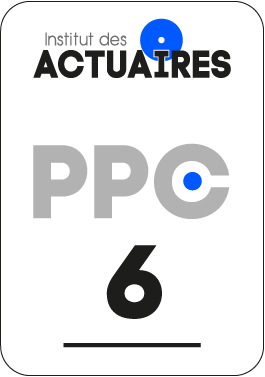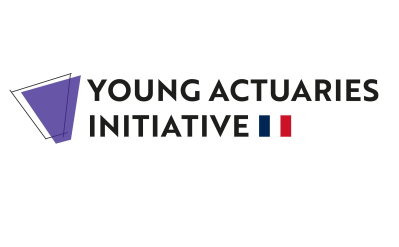Calendrier des événements

Parametric insurance coverages against natural catastrophe risks: a new risk transfer solution in a world of climate extremes
Présentation de thèse
|
Voir tous les événements
Voir le replay
Mardi 18 mars 2025
12h30
- 13h30
(GMT +2)
L'événement est organisé en ligne
-
Gratuit

I am a Junior P&C Treaty Underwriter at SCOR Milan, with a strong background in Statistical and Actuarial Sciences. I graduated with top honors in both my master’s and bachelor’s degrees from Università Cattolica in Milan, specializing in quantitative risk management, insurance statistics, non- life and life actuarial mathematics.
My professional journey began as a P&C Reinsurance Underwriting Trainee, where I supported pricing activities, risk assessment, and market analysis. Now, as a Junior Underwriter, I review insurance submissions, conduct technical underwriting analyses, and prepare quotations aligned with the company’s risk appetite. I also play a key role in supporting senior underwriters in broker and client engagement. I am determined to strengthen my technical expertise, and I combine a dynamic commercial mindset with a strong attention to details.
Beyond my career, I am curious, determined, and highly collaborative, always eager to learn from others. I have a deep love for literature and poetry writing. I am a former ballet dancer and I now dedicate myselft to Pilates Reformer and padel. I am also passionate about languages—I speak English fluently, I am working on improving my German, and I have recently started learning French.
I was honored to receive the 2024 SCOR Actuarial Award, with my master’s thesis focusing on parametric insurance coverages for natural catastrophe risks. My deep interest in Alternative Risk Transfer Solutions fuels my continuous professional growth.
I embrace every challenge as an opportunity for growth and believe in the power of innovation and adaptability to drive meaningful change in the insurance industry. My goal is to make a lasting impact by shaping new risk management solutions and contributing to the evolution of the reinsurance landscape.
Aucun commentaire
Vous devez être connecté pour laisser un commentaire. Connectez-vous.







